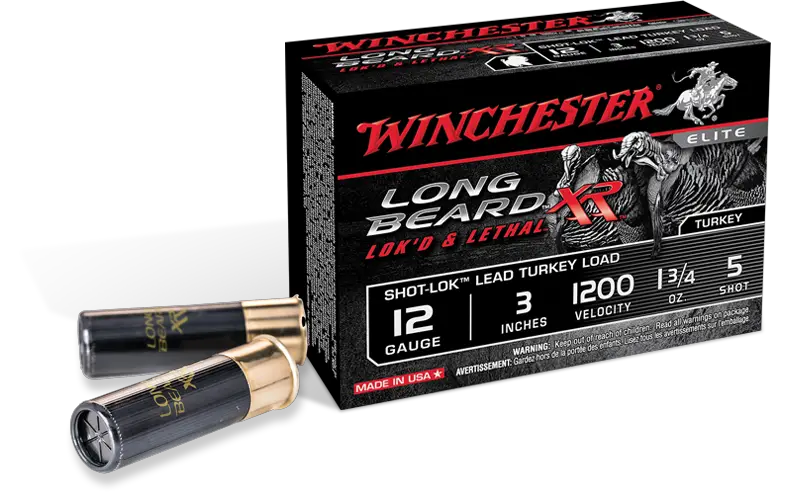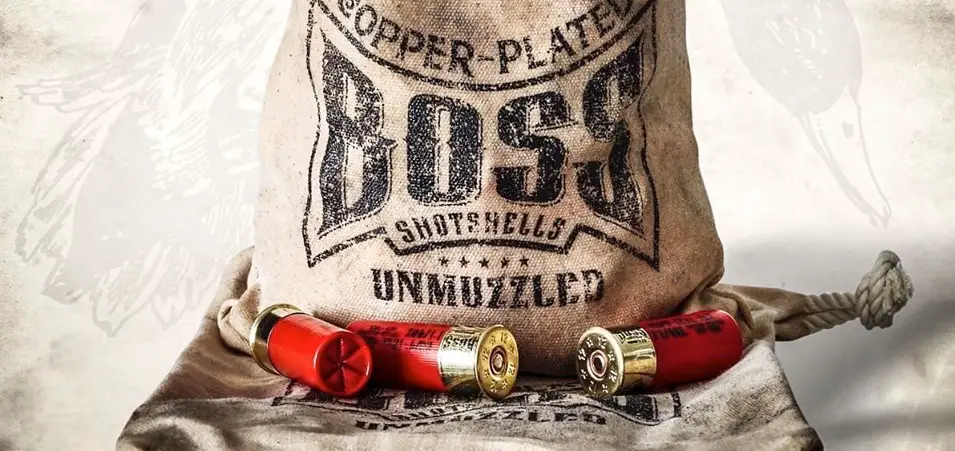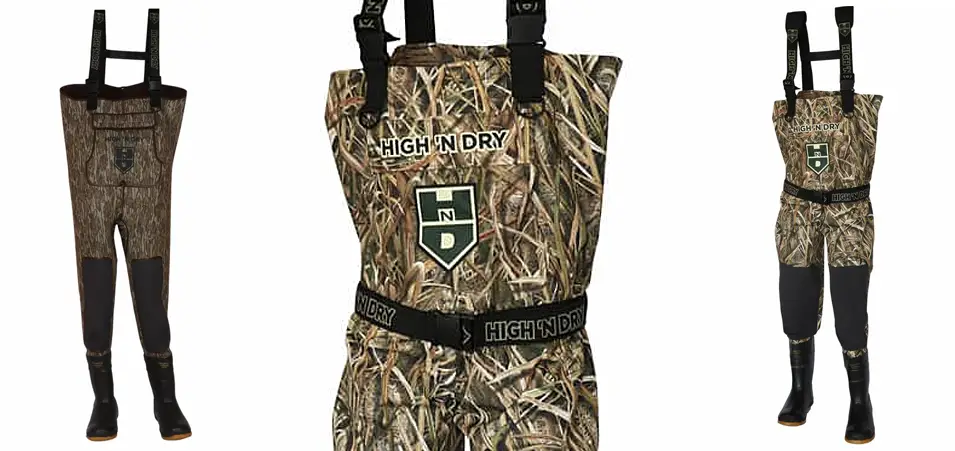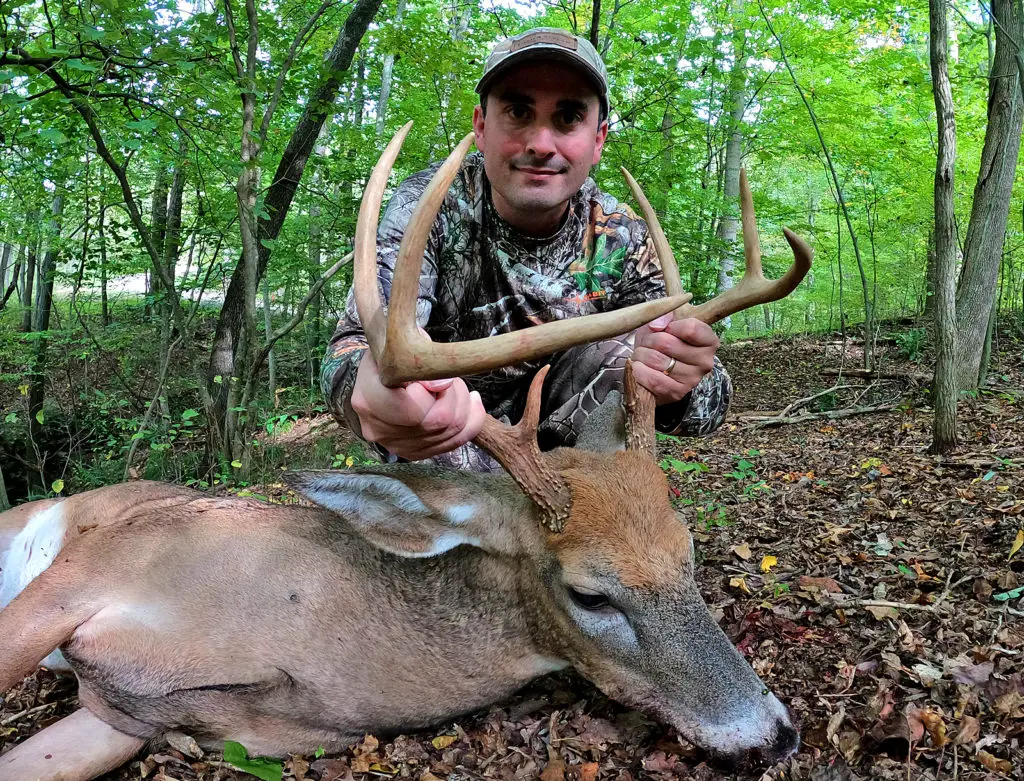November is the best time of the year to hunt deer! It is also the worst time… November is the stuff that dreams are made of in the deer woods. On this episode I talk about how November is unique and how to hunt it effectively, both the amazing first half of the month during the peak rut and the terrible last portion of the month which is the post rut lock down.
November has 2 main hunting phases
- The Peak Rut – This is the golden window when wonderful things happen. Deer are moving, bucks are searching for does, things can happen at any hour of the day, and in places where you have not seen much action before.
- The Post Rut Lockdown – This is worst time for hunting of the year. Bucks are exhausted from the rut and essentially bed down almost all day and eat through the night trying to recover their strength. Opportunities here are extremely limited and often hunting pressure extends this normally brief period of time.
In November you can hunt deer effectively using almost any strategy such as ambush hunting from a tree stand or ground blind. You can also still hunt deer at almost any time of day during the early phase. Deer drives can be used effectively in the later portion of the month. And walking into the woods and sitting against a tree can also be effective.
The big key is identifying which phase of the hunting season is going on in your area and then matching the right strategy, timing, and location to it. In general, anywhere you can find cover and food is likely to be a prime deer area. However never go solely on habitat potential, you always want to hunt sign. Find where the deer really are or really have been and then select a strategy to hunt them there.
Listen to the podcast episode to hear the details of these two phases and what you can do to hunt each one most effectively.




